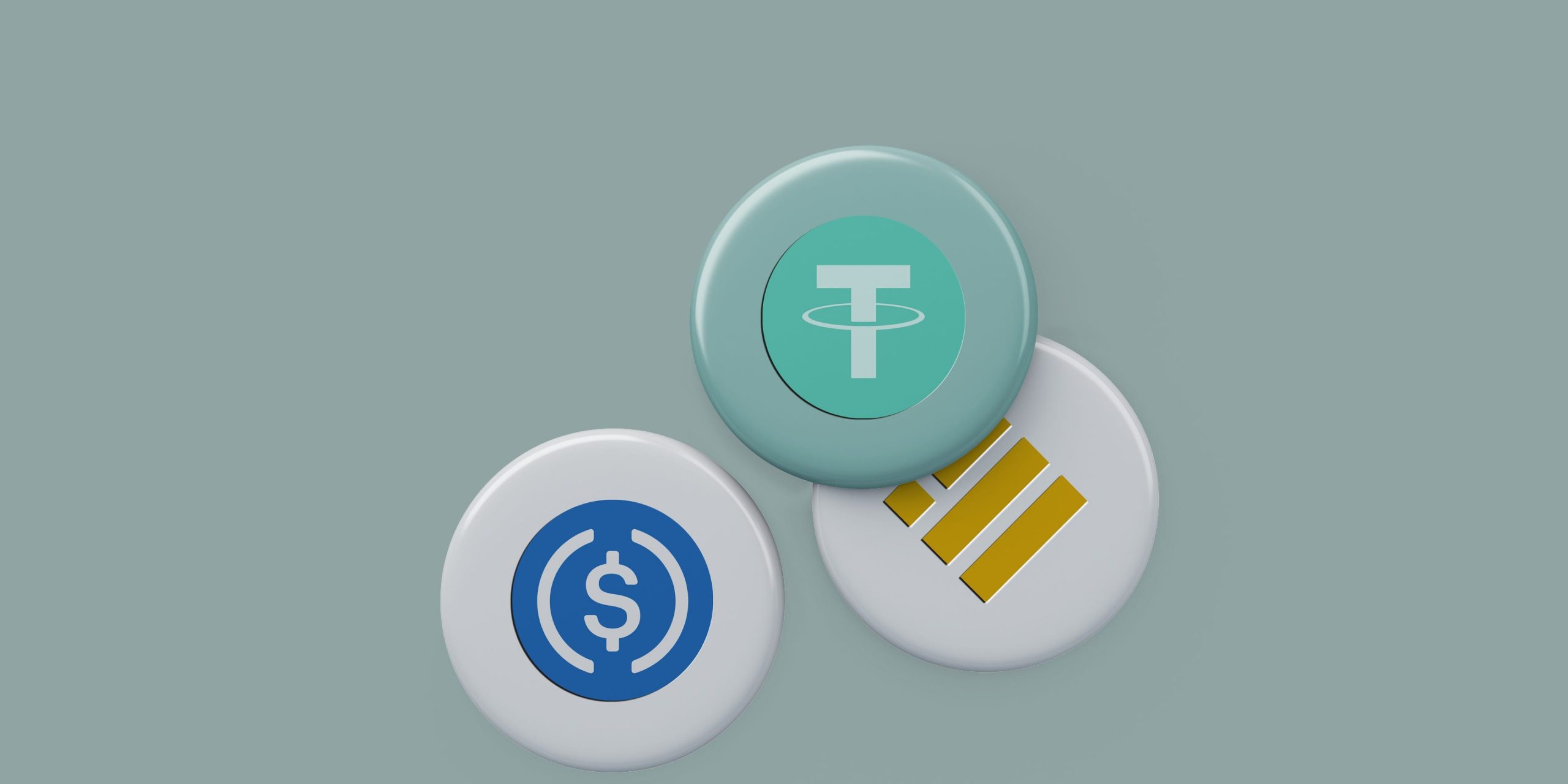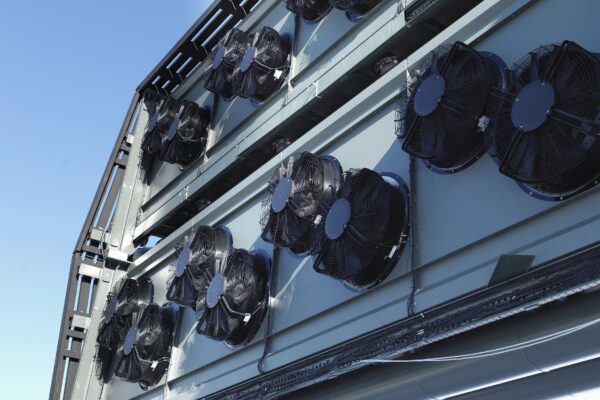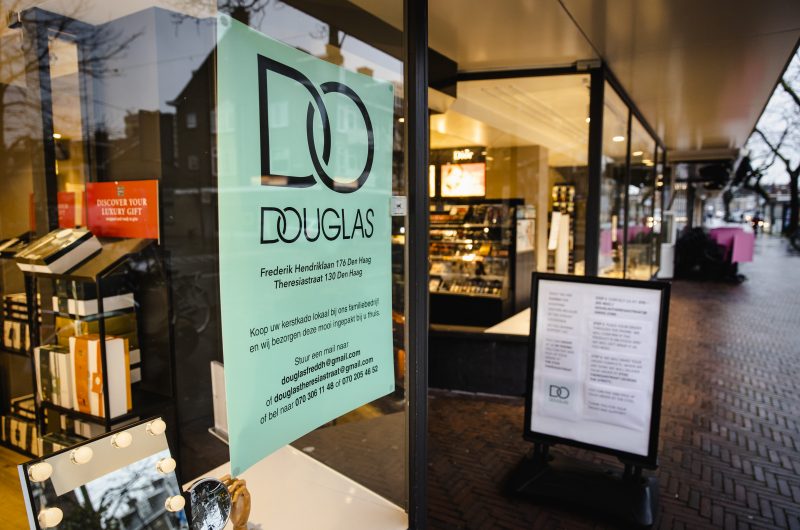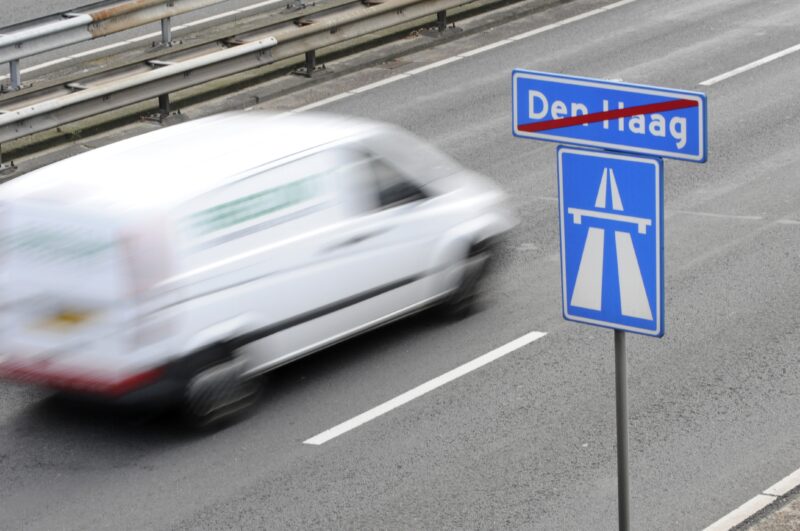
Muhammed AKAN / Shutterstock
- Stablecoins should be held to the same principles that govern traditional markets, a report by global regulators said Wednesday.
- The risks stemming from the coins, the markets they serve and use cases will be assessed.
- The G7, G20 and Financial Stability Board believe stablecoins can be used for cross border payments.
- Sign up here for our daily newsletter, 10 Things Before the Opening Bell.
Stablecoins should follow the same standards and be subject to the same stringent rules that govern traditional methods of payment, global regulators said in a report on Wednesday.
The report by the Committee on Payments and Market Infrastructures (CPMI) and International Organisation of Securities Commissions (IOSCO) set out standards for stablecoins around governance, risk management and guaranteeing the payment of settlements.
Central banks and regulators around the world have looked at how stablecoins, which are pegged to an underlying asset like a fiat currency, could support central bank digital currencies (CBDCs). CBDCs would be rolled out and managed by the central banks themselves and offer a centralized, closely governed alternative to decentralized tokens such as bitcoin, the world's most widely traded cryptocurrency.
The G7, G20 and the Financial Stability Board believe stablecoins can be used to help facilitate cross-border payments for example. These international bodies asked the CPMI and IOSCO to set standards for stablecoin arrangements.
"With the emergence of stablecoins, the international regulatory community has sought to further understand these new entrants and the potential risks they may pose to the financial system," the report said.
The two biggest stablecoins by market capitalization are tether (USDT) and circle (USDC), in that order. The issuers of both coins have come under the scrutiny of regulators of late. On Tuesday, the US Securities and Exchange Commission (SEC) issued an "investigative subpoena" to USD coin issuer Circle Financial.
The subpoena was sent to Circle in July asking for information on Circle's "holdings, customer programs, and operations." And Tether created a degree of nervousness among investors when it published a breakdown of its reserves that showed its tether stablecoin was backed up by a smaller percentage of dollars than investors had previously thought.
IOSCO said it should be clear who is responsible for stablecoin rules. It also said it should be possible to convert them into other assets, such as hard cash, in the space of a day. It recommended those who make the arrangements around stablecoins have accounting practices, safekeeping procedures, internal, legal controls in place and should avoid defaulting on payments.










